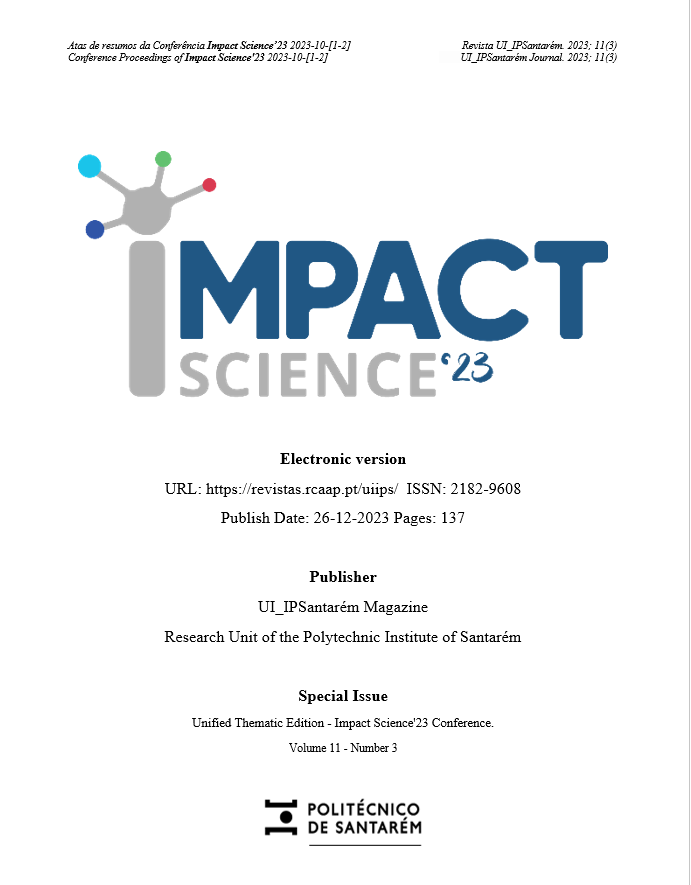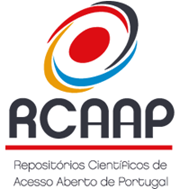Extraction and Separation of Photosynthetic Pigments
DOI:
https://doi.org/10.25746/ruiips.v11.i3.32554Keywords:
Algae, chlorophyll, chromatography, extraction, pigmentAbstract
Nowadays, companies are looking for innovation as a way of affirmation in the national and international market. Thus, allying the concepts of sustainability and innovation, the textile industry investigates new molecules, pigments of natural origin, which may be substitutes for chemically synthesized molecules. Natural pigments are substances found in nature that can be extracted from plants, minerals, algae and insects. These pigments have been used for thousands of years to dye fabrics, create art and decorate objects, offering an alternative to synthetic pigments, which are usually derived from petrochemical sources and can have a negative impact on the environment and human health. In this sense, the objective of the present study is the extraction of photosynthetic pigments present in green algae, with the purpose of being used in the textile industry as natural pigments. The technological process began with the maceration of the algae using 96% alcohol, followed by a process of extraction of the pigments through a liquid-liquid extraction in co-current, using acetone and 96% alcohol as solvents. On average, 10g of algae allowed to obtain a concentrate with the coloring capacity of a garment. This study also allowed the identification and separation of the chlorophylls present, through column chromatographic separation, having been identified in the green algae the presence of two types of chlorophyll, one with green pigment (chlorophyll a) and another with yellowish-green pigment (chlorophyll b). This identification was further confirmed by molecular absorption spectrophotometry, observing the highest absorption peak in the wavelength range of 600Hz to 700 Hz. This study is the first step in assessing the feasibility of implementing a blue biorefinery for the extraction of chlorophylls in the Santarém region. This project will also contribute to the collection of algae on the beaches of the West, improving the cleanliness and sustainability of the territories.
Downloads
Published
How to Cite
Issue
Section
License
Copyright (c) 2023 Ana Carmo, Catarina Martins, Sara Gusmão, joão Reis, Maria Gabriela Lima, Margarida Oliveira

This work is licensed under a Creative Commons Attribution-NonCommercial-NoDerivatives 4.0 International License.
Authors publishing in this journal agree to the following terms:
Authors retain copyright and grant the journal the right of first publication, with the article simultaneously licensed under the Creative Commons Attribution License that allows sharing of the work with acknowledgement of authorship and initial publication in this journal.
Authors are permitted to enter into additional contracts separately for non-exclusive distribution of the version of the article published in this journal (e.g., publish in an institutional repository or as a book chapter), with acknowledgment of authorship and initial publication in this journal.
Authors have permission and are encouraged to publish and distribute their work online (e.g., in institutional repositories or on their personal webpage) at any point before or during the editorial process, as this may generate productive changes, as well as increase the impact and citation of the published work.





